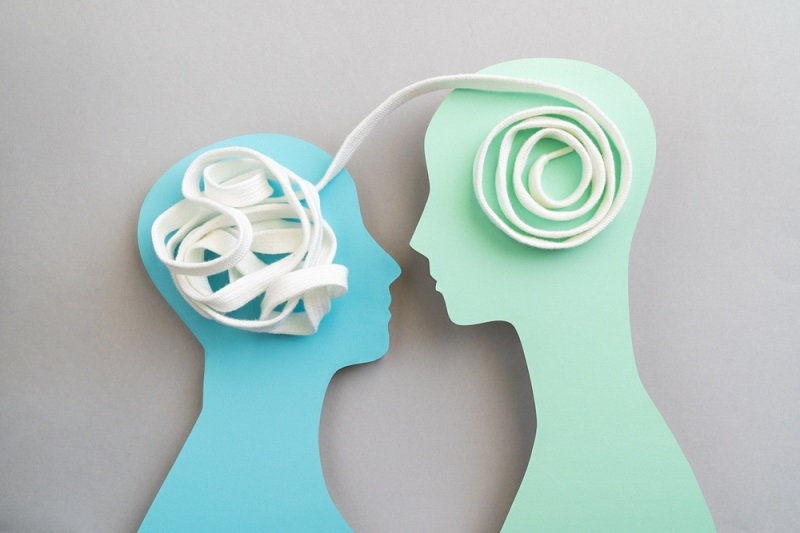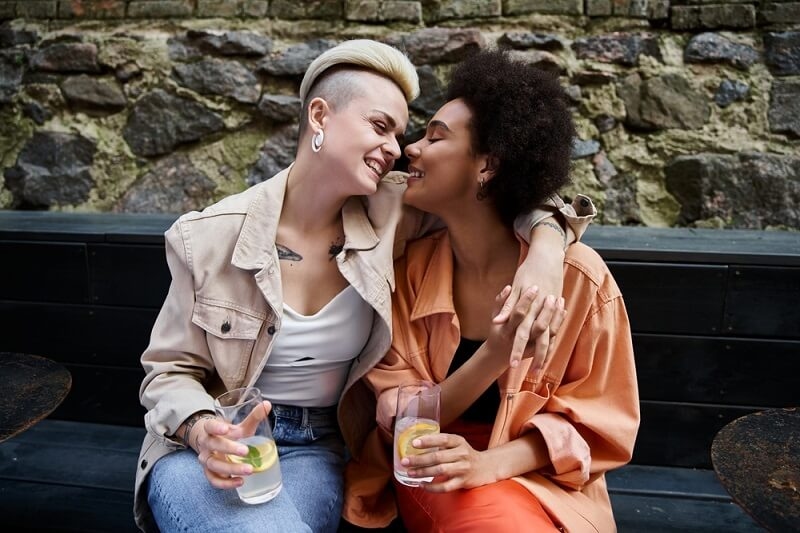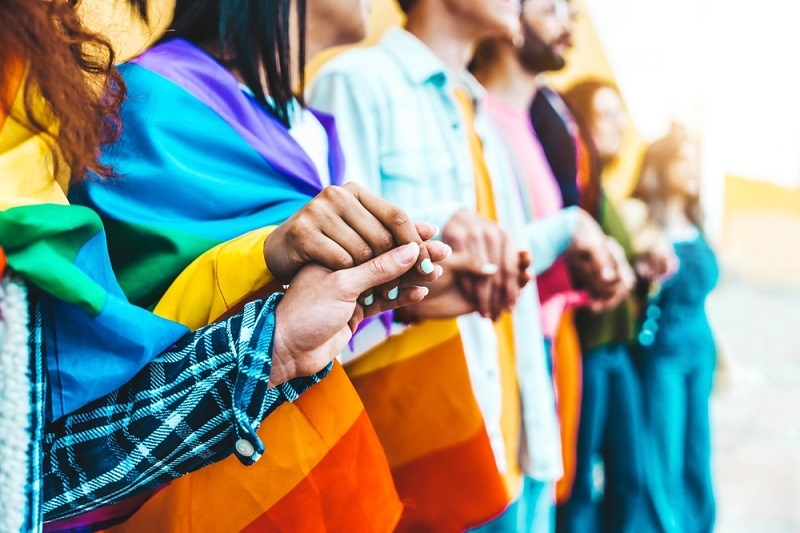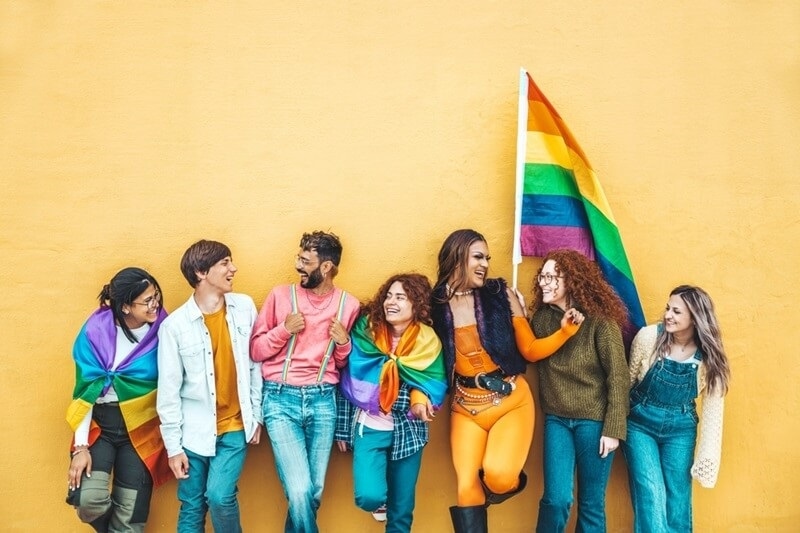Understanding a Sapphic Relationship in Modern Dating

A sapphic relationship refers to a romantic, emotional or sexual connection between women or woman-aligned people who are attracted to other women or femme-aligned individuals.
The word “sapphic” comes from Sappho, a Greek poet from the island of Lesbos, whose poetry often celebrated love and admiration among women. Over centuries, “sapphic” evolved beyond poetry: today it works as an umbrella term that covers lesbian, bisexual, pansexual, queer or fluid women (or femme-aligned nonbinary people) as long as their attraction is toward women.
Using “sapphic relationship” instead of narrower labels gives a broader, more inclusive way to describe love between women, regardless of whether they identify as lesbian, bisexual, queer, or something else.
Why the term matters now
- Inclusivity over labels
“Sapphic relationship” works beyond fixed labels. Someone may identify as bisexual or pansexual yet share a deep connection with a woman, that still counts as sapphic. - Historical resonance
Connecting to Sappho’s legacy gives a sense of continuity, love between women has long existed and has roots in literature, art, emotion. - Respect for fluidity and identity
Sapphic relationships respect that attraction and identity can be fluid. They allow for romance, emotional intimacy or even platonic love, without pressure to fit into a strict definition.
Signs of a healthy sapphic relationship

Just like any good relationship, a healthy sapphic partnership tends to show certain traits. Here are some signs to look for:
- Mutual respect and acceptance
Each partner respects the other’s identity, boundaries and choices. You don’t feel pressured to act according to stereotypes or expectations. - Open and honest communication
Both partners talk about feelings, expectations and boundaries. They are willing to discuss sensitivity around identity, external pressures or doubts. - Emotional closeness and support
You trust each other. You share joys and worries. You support each other’s mental health and identity exploration. - Freedom and autonomy
You maintain individuality while being together. You respect each other’s need for space, self-growth, and personal boundaries. - Shared values and mutual growth
You grow together, not by forcing labels, but by building trust, understanding, and shared hopes for the future.
Because a sapphic relationship may face external judgment or invisibility, maintaining support, empathy and communication helps build a foundation of trust.
Related Reads: Sapphic vs Lesbian Exploring Differences and Connections
Common misunderstandings about sapphic relationships
Using “sapphic” sometimes leads to confusion, here are a few misunderstandings and the truth behind them:
- Myth: “Sapphic equals only lesbian.”
Reality: Sapphic is broader. It includes lesbian, bisexual, pansexual, queer, and fluid women, or anyone attracted to women. - Myth: “You can tell who is sapphic by how they look.”
Reality: Attraction and identity are about feelings, not appearance. There is no stereotypical “look.” Sapphic individuals come in all forms. - Myth: “Sapphic relationships must follow traditional relationship norms.”
Reality: Some sapphic relationships are monogamous, some are non-monogamous, some are romantic, some purely emotional or platonic. What matters is consent, honesty and mutual respect.
Why sapphic relationships matter socially and personally
- Visibility and representation
Sapphic relationships help normalise love between women in societies where such love is often ignored or erased. That visibility matters for younger people struggling with identity. - Affirmation of identity
Using the term “sapphic” gives many people, especially those who don’t identify strictly as lesbian, a sense of belonging and authenticity. - Emotional and mental wellbeing
Recognising sapphic connections validates real feelings. That validation reduces loneliness and helps build supportive communities. - Breaking stereotypes and expanding understanding of love
Sapphic relationships are a great way to question and broaden the narrow concepts of gender, attraction, and love. They are a catalyst for the wider acceptance of different kinds of relationships in society.
Simple example to understand a sapphic relationship
Think about two women: Lesbain and Hetero, the former openly declaring herself a queer and the latter a bisexual with a preference for women. They come to meet and share affection through the emotional bond created from mutual life experiences and subsequently come to romantic love slowly.They love, support, and respect each other. They don’t worry about labels like “lesbian” or “straight.” They simply care. That is a sapphic relationship.
Another example: two femme-aligned friends, one might identify as bisexual and the other as non-binary femme. Their bond stays emotional, deep friendship, care, safe space, without needing a label. That can also be sapphic.
Explore More: Pansexual vs Bisexual: Gen Z’s Take on Modern Love
Conclusion: Sapphic love deserves clarity and respect
A sapphic relationship gives a name to love between women or femme-aligned people, one that is inclusive, fluid and real. It speaks to emotional intimacy, identity, choice, and respect.
Such relationships deserve the same recognition, respect and validation as any other. Whether romantic, sexual or platonic, if it is built on trust, honesty and mutual understanding, it is valid.
Using the term “sapphic relationship” helps normalise and celebrate love in all its forms. If you came here seeking clarity about what a sapphic relationship means or what it looks like, I hope this article answered that clearly.
FAQs
Check out some of the frequently asked questions below:
What is a sapphic partner?
A sapphic partner is someone in a sapphic relationship. It refers to a woman or woman-aligned person who is romantically or emotionally involved with another woman or femme-aligned person. The focus is on the attraction and connection between women, not on strict labels.
Can sapphics date men?
Yes. Many sapphic individuals identify as bisexual or pansexual, which means they may be romantically or sexually attracted to men as well. Being sapphic does not require someone to only date women. It simply means they experience attraction toward women, even if they have dated or continue to date men.
What is an example of sapphic?
Any emotional or romantic connection between women can be sapphic. For example:
- A bisexual woman dating another woman
- A queer woman connecting emotionally and romantically with a femme-aligned nonbinary person
- A same-gender couple sharing a committed partnership
The term covers a wide range of real life situations and identities.
What is the male equivalent of sapphic?
The closest male equivalent is “achillean.” The word refers to attraction between men or masculine aligned individuals. It is based on Achilles from Greek mythology, similar to how “sapphic” comes from Sappho.























